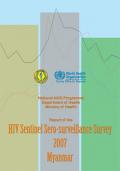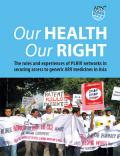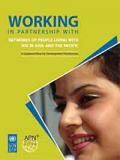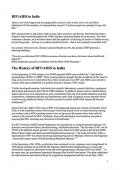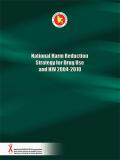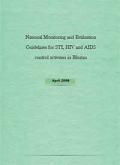Publications on People Living With HIV (PLHIV)
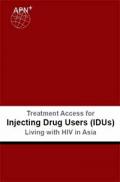
Resource | Publications,
This study examined the experience of PLHIV with linkages to PLHIV support organizations and services in areas of HIV counselling and testing, ART adherence, treatment of opportunistic infections (OIs) and healthcare providers’ (HCPs) attitude toward the targeted marginalized groups. This brief focuses on the findings in relation to IDUs living with HIV.
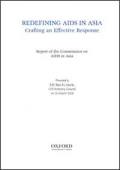
Resource | Publications,
The Commission on AIDS in Asia was set up in June 2006 and assigned an 18-month mandate to study and assess the impact of AIDS in Asia, and to recommend strategies for a stronger response to HIV and AIDS. The Commission's terms of reference and its composition are provided in the annexes to this Report.
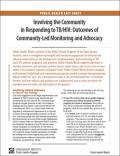
Resource | Publications,
Public Health Watch, a project of the Public Health Program of the Open Society Institute, aims to strengthen meaningful and sustained engagement by infected and affected communities in the development, implementation, and monitoring of TB and HIV policies, programs, and practices.
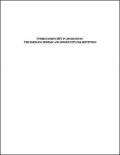
Resource | Publications,
This report aims to synthesize available information on the HIV epidemic in Afghanistan. The report explores regional HIV transmission patterns, the prevalence of risk factors for HIV in Afghanistan, and Afghanistan’s current programmatic and policy responses for HIV prevention.






